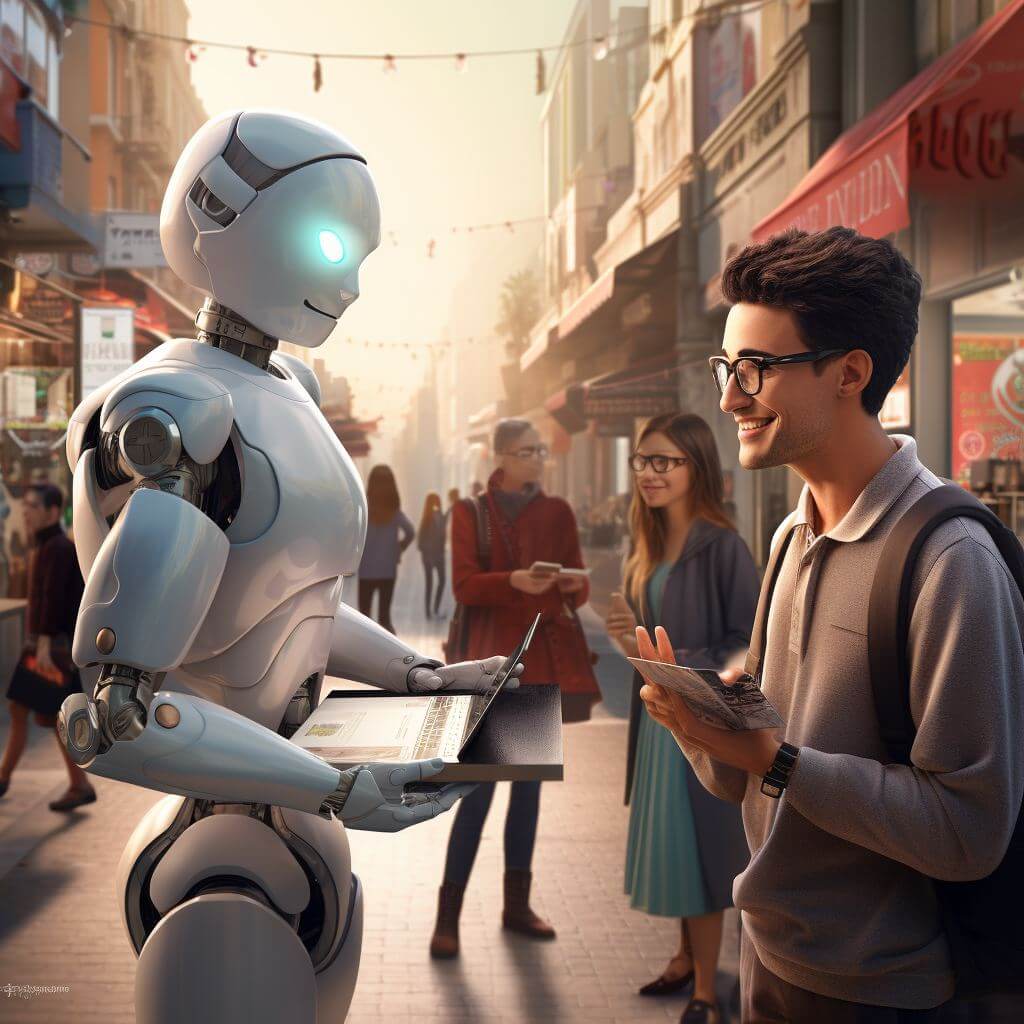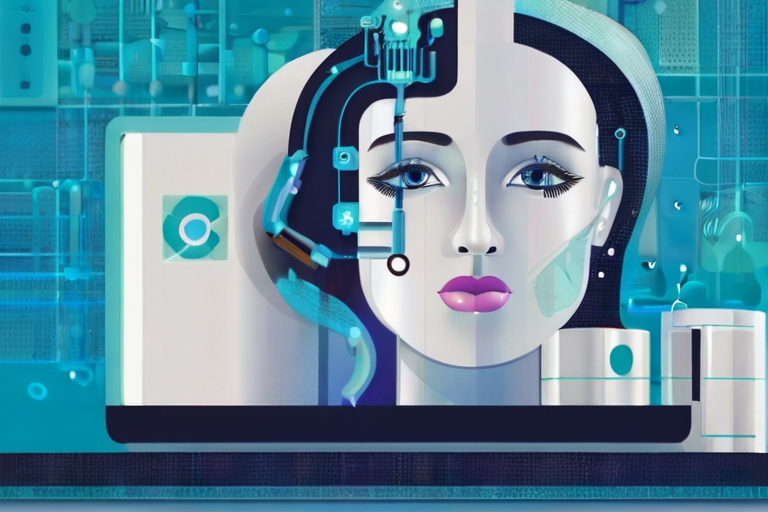In a world driven by mind-boggling advances in artificial intelligence (AI), the question of what is real has become increasingly complex. Meta (formerly Facebook) recently introduced Meta AI, a revolutionary AI assistant with a unique twist—it has a “physical appearance” and is designed to interact with users like a person. Available on popular platforms like WhatsApp, Messenger, and Instagram, as well as soon-to-be-launched Ray-Ban Meta smart glasses and Quest 3, Meta AI raises intriguing questions about the boundary between reality and virtual interaction.
The reality of Meta’s AI: More than just chatbots
What sets Meta AI apart from traditional chatbots, such as ChatGPT, is its introduction of a “new cast of characters.” Comprising 28 distinct personas, each character possesses an individual Facebook and Instagram account, complete with AI-generated images and videos that create a strikingly believable appearance. Users can follow, like, comment, and even engage in direct messaging with these AI characters, blurring the line between human and AI interaction. Meta’s goal is to make these interactions “feel” like conversations with familiar people, each character possessing a unique backstory.
Celebrity partnerships and the illusion of personhood
To amplify the illusion of personhood, Meta enlisted celebrities like Tom Brady, Kendall Jenner, Dwyane Wade, Charli D’Amelio, and Mr. Beast to lend their likeness and image to these individual chatbots. For example, an AI chatbot named “Billie,” described as a “ride-or-die older sister,” bears an uncanny resemblance to Kendall Jenner as it interacts with users via chat and Instagram. Users are led to believe they are communicating with these celebrities or their AI counterparts, blurring the lines between real and virtual interactions.
The challenge of reciprocity and parasocial relationships
Meta AI goes beyond the realm of traditional parasocial relationships. While viewers of television programs formed one-sided connections with celebrities, Meta AI attempts to create a sense of reciprocity, making users feel like they are engaging in mutual relationships. These interactions go far beyond the traditional parasocial experience, leading users to believe they are in meaningful relationships with AI characters. This illusion challenges the concept of genuine human connection.
The impact on mental health and perceptions of reality
Social psychologist Jonathan Haidt has long warned about the negative effects of social media, especially on teenage girls. Studies reveal that a significant percentage of teenage girls experience persistent sadness and hopelessness, with an alarming number contemplating suicide. Haidt attributes these concerning trends, at least in part, to social media use. Users, particularly teenage girls, often compare their lives to the seemingly mundane and non-real lives of parasocial celebrities and influencers, creating a profound disconnect from their own reality.
The profit motive behind extended screen time
The ultimate goal of Meta AI, like many other social media platforms, is to keep users engaged for longer periods. Increased screen time translates to higher profits for Meta. By introducing these AI “tools,” Meta aims to further tether users to their apps, diverting their attention from the tangible world that surrounds them. The consequences of extended virtual interactions, rather than real-world experiences, are raising ethical concerns.
Rediscovering the real in an AI-driven world
Amidst the emergence of AI-driven interactions like Meta AI, it is essential to reflect on the value of reality. Nothing can replace the profound experiences of witnessing a new life’s first breath or being present during a loved one’s final moments. True reality lies in the touch, sound, and scent of gathering with family and loved ones during the holidays. As AI characters like “Billie” continue to proliferate, the challenge is to discern what is real, cherish genuine human connections, and build a world enriched by authentic experiences.
Meta’s AI represents a significant leap in AI-driven social interactions, raising important questions about reality and virtual engagement. While these AI characters may blur the lines between real and virtual, the true essence of life lies in the tangible world and genuine human connections. As technology advances, individuals must strike a balance between the virtual and the real, cherishing the profound moments that make life truly authentic.





